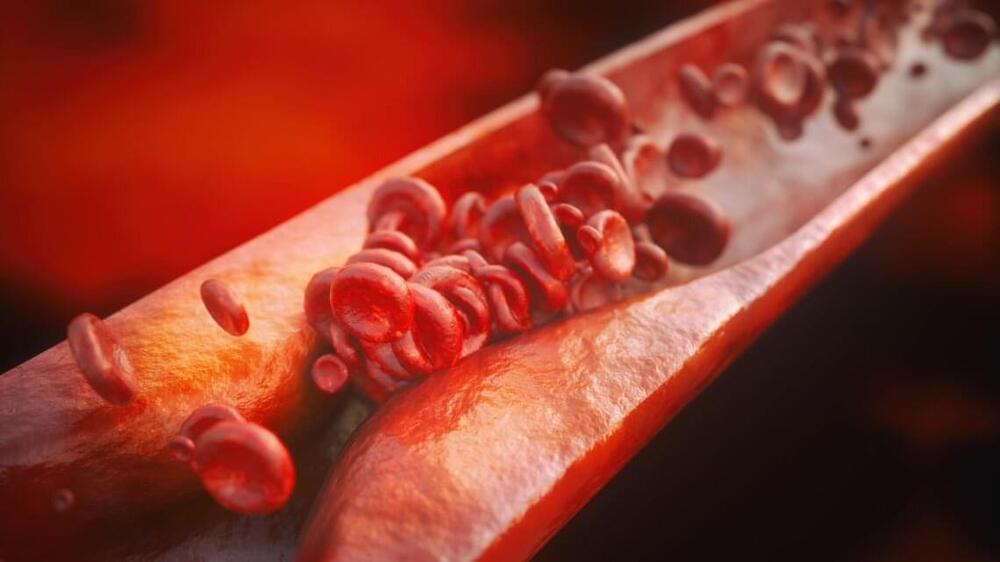Taiwan was on high alert after two Russian warships entered its waters. Taiwan is used to incursions by China, not Russia. It marks a new flare-up in East Asia. Moscow then doubled down by releasing footage of a military drill in the Sea of Japan. East Asia is becoming a powder keg.
The region already deals with tensions between North Korea, South Korea & Japan. And now the US is trying to send a message to Pyongyang by having its largest nuclear submarine visit South Korea.
Firstpost | world news | vantage.
#firstpost #vantageonfirstpost #worldnews.
Vantage is a ground-breaking news, opinions, and current affairs show from Firstpost. Catering to a global audience, Vantage covers the biggest news stories from a 360-degree perspective, giving viewers a chance to assess the impact of world events through a uniquely Indian lens.






